Tipping fishing guides is a common courtesy, typically ranging from 15-20% of the trip cost. It reflects appreciation for their effort, expertise, and service quality.
Why Tipping is Important in the Fishing Industry
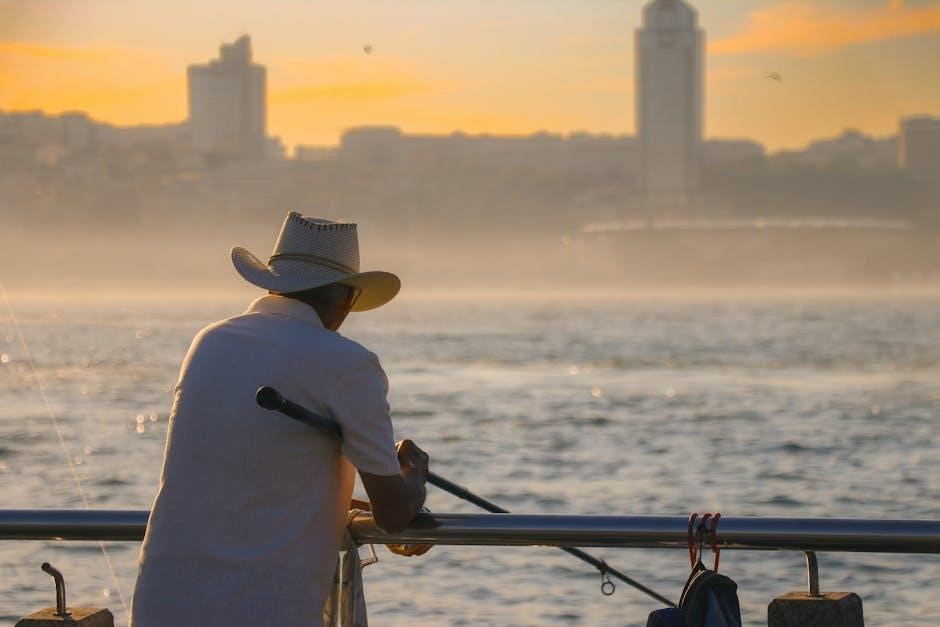
Tipping fishing guides is a crucial aspect of the industry, as it reflects gratitude for their expertise, effort, and personalized service. Guides often rely on tips to supplement their income, making it a significant part of their earnings. A good tip acknowledges their dedication to ensuring a successful and enjoyable experience. It also incentivizes guides to maintain high standards of service, as satisfied clients are more likely to show appreciation. Additionally, tipping recognizes the guide’s ability to adapt to various conditions, such as weather and fish behavior, which directly impacts the trip’s outcome. By showing appreciation through gratuity, clients contribute to the sustainability of this service-based profession.
Understanding the Role of a Fishing Guide
Fishing guides are skilled professionals who ensure a safe and successful fishing experience. Their expertise includes in-depth knowledge of fishing locations, techniques, and local regulations. Guides are responsible for preparing equipment, navigating waterways, and teaching various fishing methods. They also play a crucial role in adapting to changing conditions, such as weather or fish behavior, to maximize the chances of a productive trip. Beyond technical skills, guides often act as educators, sharing insights about aquatic ecosystems and conservation. Their friendly demeanor, patience, and ability to cater to anglers of all skill levels significantly enhance the overall experience. Recognizing these contributions through appropriate gratuity is a way to acknowledge their dedication and professionalism.
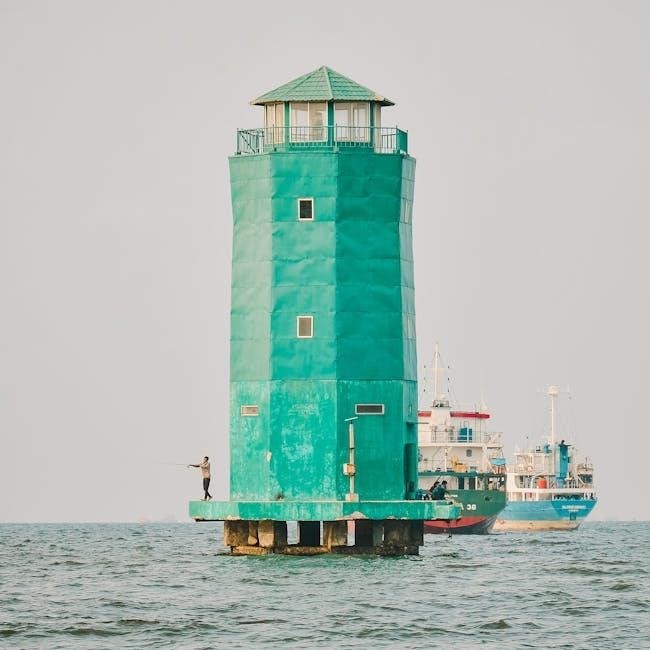
Standard Tipping Percentages
Standard tipping percentages for fishing guides typically range from 15% to 20% of the trip’s total cost, reflecting their effort, expertise, and service quality.
15-20% of the Trip Cost as a Benchmark
Tipping fishing guides typically ranges from 15% to 20% of the total trip cost, serving as a standard benchmark. This percentage reflects the guide’s effort, expertise, and service quality. For example, on a $500 fishing trip, a 15-20% tip would amount to $75-$100. This range is widely accepted across the industry, ensuring fair compensation for guides who often rely on gratuities as part of their income. The percentage is calculated based on the total cost of the trip, not per person, making it a straightforward guideline for anglers. While this is a general standard, the final amount can be adjusted based on the quality of the experience and the guide’s performance.
Adjusting the Tip Based on Service Quality
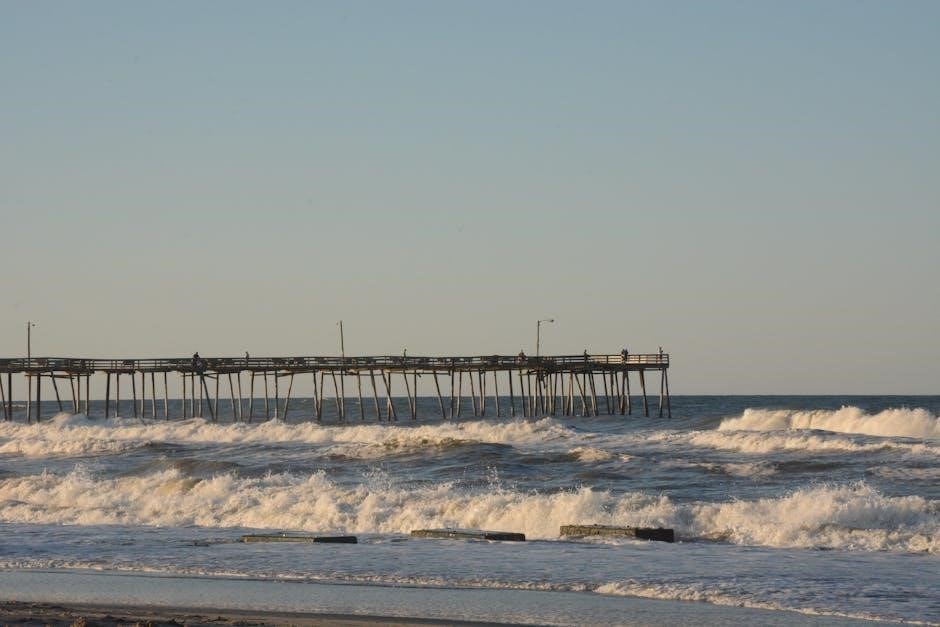
The tip for a fishing guide can be adjusted based on the quality of service provided. If the guide demonstrates exceptional skill, patience, and friendliness, consider increasing the tip to 20-25% of the trip cost. Conversely, if the service is subpar, such as poor communication or lack of effort, a tip closer to 10-15% may be appropriate. The guide’s ability to tailor the experience, handle challenges, and ensure a positive atmosphere greatly influences the final amount. For example, if the guide went above and beyond to ensure a successful trip, a higher tip is warranted. Ultimately, the tip should reflect the guide’s contribution to the overall quality of the fishing experience.
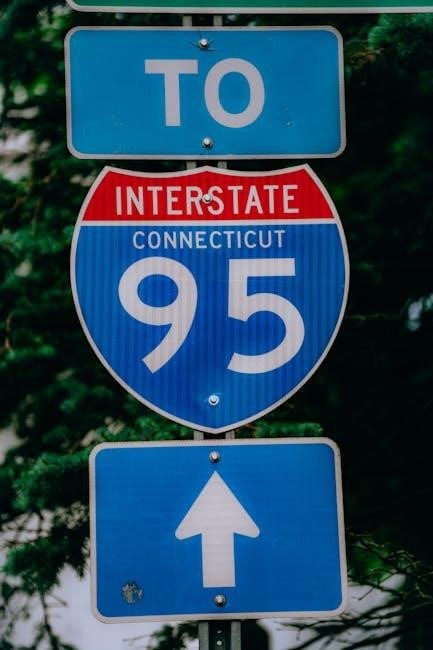
Factors Influencing the Tip Amount
Factors influencing the tip amount include the guide’s skill, diligence, friendliness, and the trip’s duration and type, all impacting the overall experience.
Guide’s Skill, Diligence, and Friendliness
A fishing guide’s skill, diligence, and friendliness significantly influence the tip amount. Guides with exceptional expertise, who consistently put clients on fish and adapt to conditions, deserve higher gratuity. Their diligence in ensuring a safe, productive, and enjoyable trip is crucial. Friendliness and a positive attitude also enhance the experience, making the trip more memorable. A guide who goes above and beyond, such as offering tips or sharing knowledge, demonstrates professionalism and warrants a generous tip. Conversely, a lack of effort or poor interaction may result in a lower tip. Ultimately, the guide’s overall performance and demeanor play a key role in determining the gratuity they receive.
Duration and Type of Fishing Trip
The duration and type of fishing trip can significantly impact the tip amount. Longer trips, such as full-day or multi-day excursions, often require more effort and resources from the guide, warranting a higher tip. Similarly, specialized trips like deep-sea fishing or fly fishing may involve additional expertise, justifying a larger gratuity. Overnight trips or those requiring more gear and planning also merit increased compensation. Conversely, shorter or less complex trips may align with standard tipping percentages. The specific demands of the trip, such as handling challenging conditions or providing specialized instruction, should be considered when determining the appropriate tip for the guide.
When to Tip More or Less
Tip more for exceptional service, up to 25%, and less for subpar experiences, around 10-15%. Adjust based on the guide’s performance and your satisfaction.
Exceptional Service Worthy of a Higher Tip
Exceptional service from a fishing guide, such as going above and beyond to ensure a successful trip, warrants a higher tip. Guides who demonstrate exceptional skill, patience, and friendliness deserve recognition. If the guide consistently puts effort into finding prime fishing spots, handles challenging conditions effectively, and ensures a memorable experience, consider tipping at the higher end of the range, up to 25% of the trip cost. This reflects genuine appreciation for their dedication and expertise. Higher tips are also appropriate when the guide exceeds expectations in terms of professionalism, knowledge, and overall customer satisfaction. Such gestures encourage excellence and acknowledge the guide’s hard work in making your fishing trip unforgettable.
Subpar Experience and Lower Gratuity
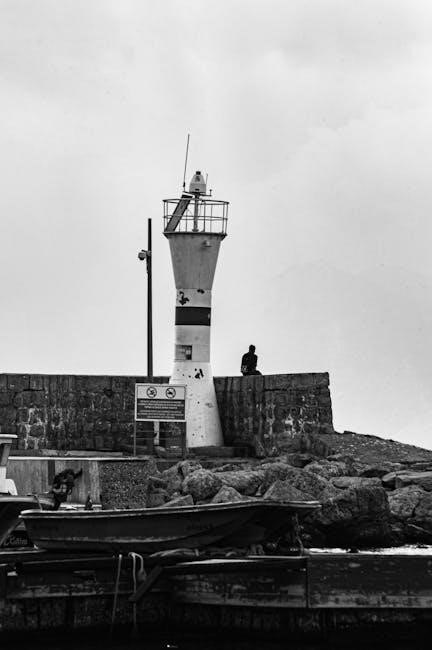
If the fishing guide’s service falls short of expectations, it may be appropriate to adjust the tip downward. A subpar experience, such as lack of effort, poor communication, or unprofessional behavior, can justify a lower gratuity. In such cases, tipping below the standard 15-20% range, potentially 10-15%, is reasonable. However, it’s important to consider the circumstances fairly, as guides may face uncontrollable factors like bad weather. Completely withholding a tip is generally discouraged unless the service was exceptionally poor. Lower gratuity should reflect the quality of service but still acknowledge the guide’s time and effort. Balancing fairness and feedback is key in such situations.
How to Calculate the Tip
To calculate the tip, use 15-20% of the trip cost as a starting point, adjusting based on service quality and the number of anglers.
Using the Booked Day Rate as a Basis
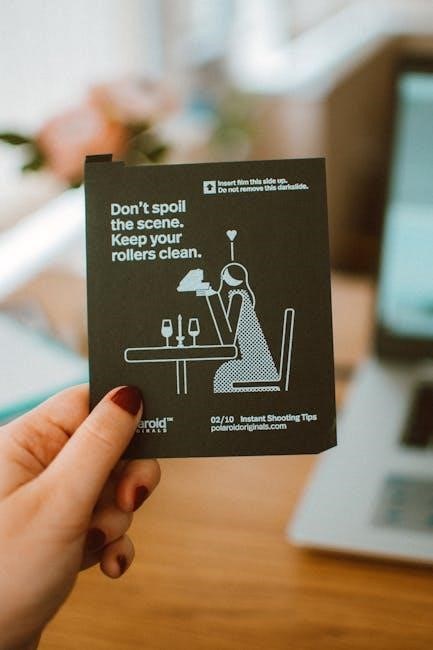
The booked day rate serves as the foundation for calculating the tip. Typically, 15-20% of the total trip cost is recommended, reflecting the guide’s effort and expertise. For example, if the trip costs $500, a tip of $75 to $100 is standard. This percentage may vary based on the guide’s performance and the overall experience. If multiple anglers are present, the tip is usually split evenly among the group. Adjustments can be made upward for exceptional service or downward if expectations aren’t met. This method ensures fairness and acknowledges the guide’s dedication to providing a successful and enjoyable fishing experience.
Considering the Number of Anglers
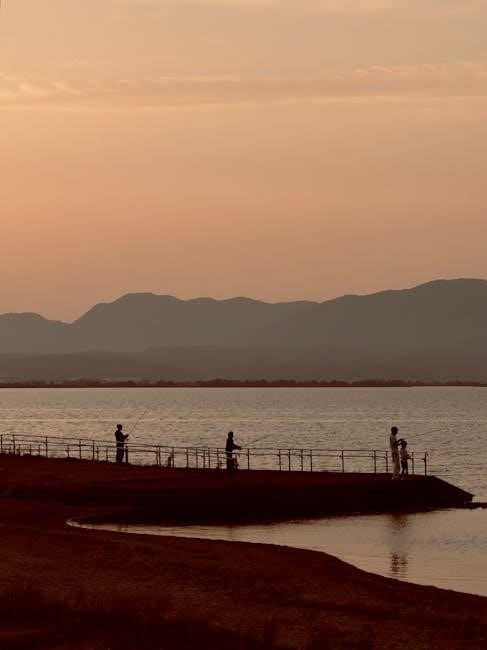
When determining the tip, the number of anglers on the trip is an important factor. Tips are generally calculated per guide or per mate, not per client. For example, if two anglers are on a $500 trip, the total tip remains $75 to $100 (15-20% of the trip cost), with each angler contributing $37.50 to $50. This approach ensures fairness, as the guide’s effort is not directly tied to the number of participants but to the overall experience provided. Splitting the tip equally among anglers makes it manageable and avoids overpaying based solely on group size. This method is widely accepted and helps maintain consistency in gratuity practices across fishing trips.

Additional Considerations
Tipping mates or crew members is customary, as they contribute significantly to the trip’s success. Additionally, leaving online reviews provides valuable feedback and appreciation for exceptional service.
Tipping Mates or Crew Members
Tipping mates or crew members is a thoughtful way to acknowledge their contributions to the fishing trip. While the primary tip goes to the guide, crew members play a crucial role in ensuring a successful and enjoyable experience. Tips for mates are typically separate from the guide’s gratuity and are often around 10-15% of the trip cost, depending on their involvement. Some anglers prefer to tip each crew member individually, while others pool tips and let the guide distribute them fairly. This practice ensures that everyone’s hard work is recognized and appreciated, fostering a positive and respectful environment for both clients and crew.
Leaving Online Reviews as Supplementary Feedback
Leaving online reviews is a valuable way to provide feedback about your fishing guide experience. While tips acknowledge the guide’s efforts financially, reviews offer insights for future clients and help improve services. Many guides rely on platforms like Google, TripAdvisor, or specialized fishing forums to build their reputation. When writing a review, be honest and specific about the guide’s skills, work ethic, and overall experience. Highlight what made the trip memorable or areas for improvement. Balanced feedback is constructive and appreciated. By combining a fair tip with a thoughtful review, you contribute to the guide’s success and help others make informed decisions. This dual approach fosters a supportive community within the fishing industry.
